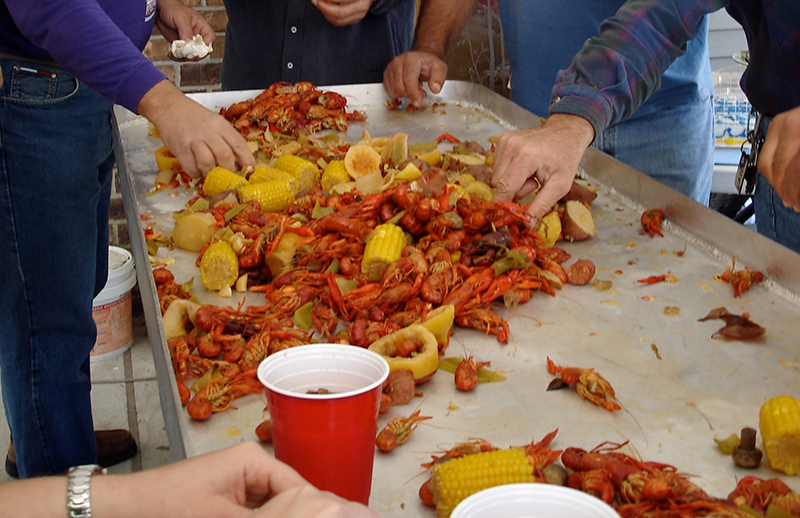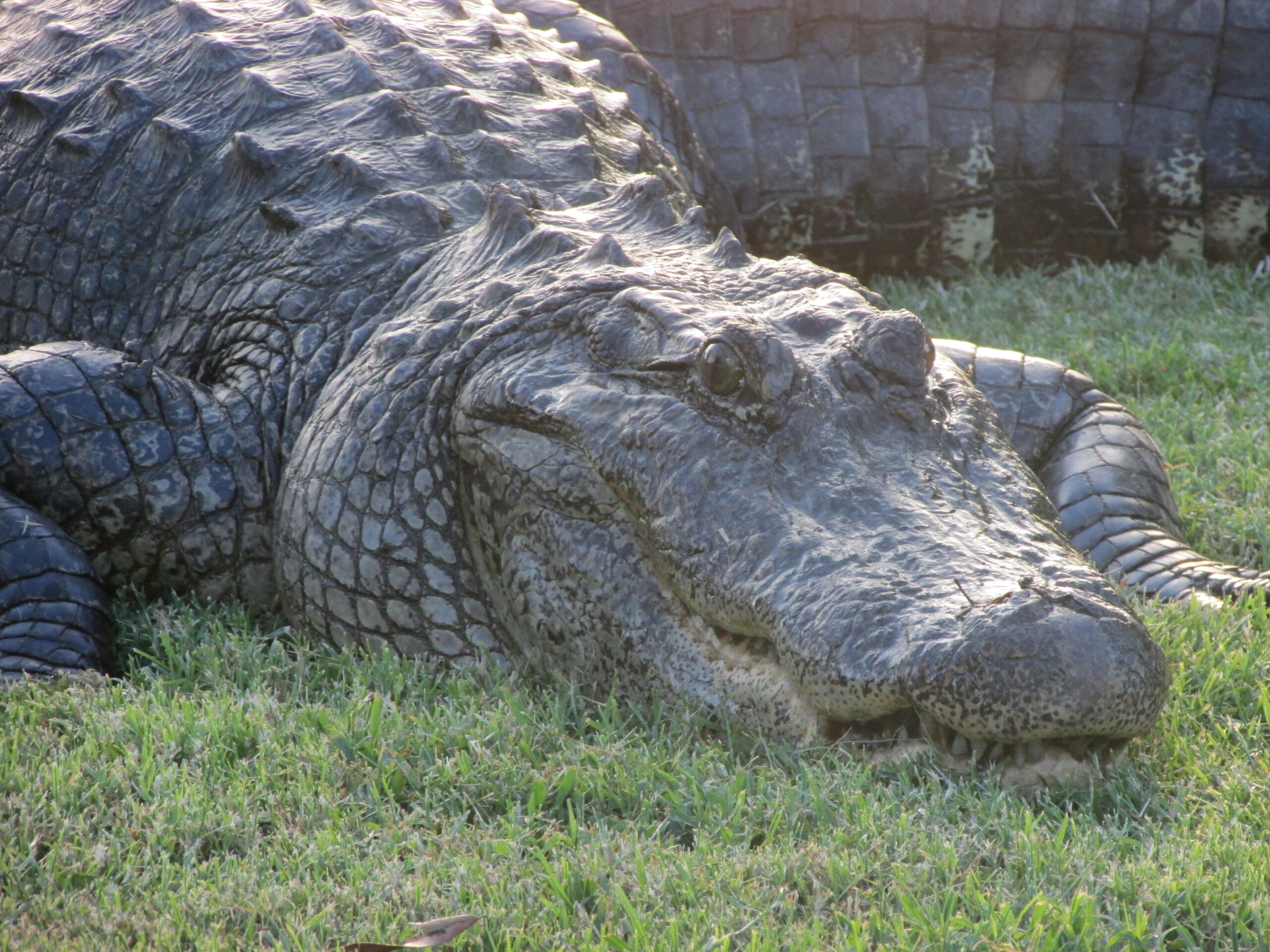
WHAT’S AT STAKE:
OTHER SPECIES
Many species also rely on the delta’s habitats and food resources, from Louisiana black bears in forested regions to bottlenose dolphins in productive estuaries. Even sperm whales in deep waters offshore, where the delta’s abundance concentrates food resources for these marine giants, depend on a healthy delta.
At least 100 threatened Louisiana black bears live in the Atchafalaya Basin, where conservationists are working to protect them and provide habitat corridors to connect isolated bear populations. Other species in the Mississippi River Delta include minks, muskrats, beavers, armadillos, foxes, coyotes and bobcats. Introduced nutria and feral hogs are also present and often prove very destructive to native ecosystems and species
Though well-known for its significant population of American alligators, the delta also provides vital habitat for other reptiles, including the Mississippi diamondback terrapin and several species of snakes and sea turtles. Frogs and toads of many varieties contribute to the delta’s “soundtrack,” especially on summer evenings, when their calls, bleats, croaks and trills can be almost overwhelming.
-

Crawfish
A favorite on spring menus in Louisiana, crayfish, most commonly known as crawfish in Louisiana, are freshwater crustaceans related to the lobster. The crawfish has been caught in Louisiana ever since the Acadians arrived from Canada in the late 1700s-early 1800s. The fishery has grown ever since and become a Cajun way of life!
- Habitat: Crayfish thrive in any body of fresh water, including streams, rivers, ponds, lakes and even water-filled ditches. In Louisiana they are both farmed and wild-caught. There are over 160,000 acres of agriculture land dedicated to crawfish farming. The wild-caught crops thrive on the seasonal floods that bring freshwater into the swamps. An example of this type of crawfishing is found in the Atchafalaya Basin when the basin starts to see seasonal high river levels beginning in December.
With the introduction of more fresh water from the Mississippi River, crawfish crops may increase. - Limits: Crawfish may be recreationally harvest in Louisiana using a hexagon wire trap in public water ways with the proper recreational fishing license. Due to the resilient and productive nature of the crawfish, there are no size limits. The crawfish is impacted most by environmental conditions, not overfishing.
- Habitat: Crayfish thrive in any body of fresh water, including streams, rivers, ponds, lakes and even water-filled ditches. In Louisiana they are both farmed and wild-caught. There are over 160,000 acres of agriculture land dedicated to crawfish farming. The wild-caught crops thrive on the seasonal floods that bring freshwater into the swamps. An example of this type of crawfishing is found in the Atchafalaya Basin when the basin starts to see seasonal high river levels beginning in December.
-

Alligator
American alligators are the largest reptiles in the United States. Louisiana has the highest population of alligators with more than 2 million. This is almost hard to believe, as the American alligator was once considered overharvested. The alligator has been fished for over 200 years, beginning in the early 1800s. The demand grew for their hide during the Civil War to provide saddles and boots for soldiers. In 1962, alligator hunting became illegal. Over time, through proper management by the Louisiana Department of Wildlife and Fisheries, the Louisiana alligator saw a rebound. Today, there is a hunting season, and only so many tags are given out per hunter based on the number of acres of property that hunter retains.
- Average size: They can grow to be over 12 feet long and they have strong jaws and a long, powerful tail.
- Habitat: Alligators thrive in freshwater and can be found from bayous and canals to rivers and lakes, however, the most populated areas are the coastal marshes.
- Limits: Learn more about hunting alligators on the Louisiana Department of Wildlife and Fisheries website.